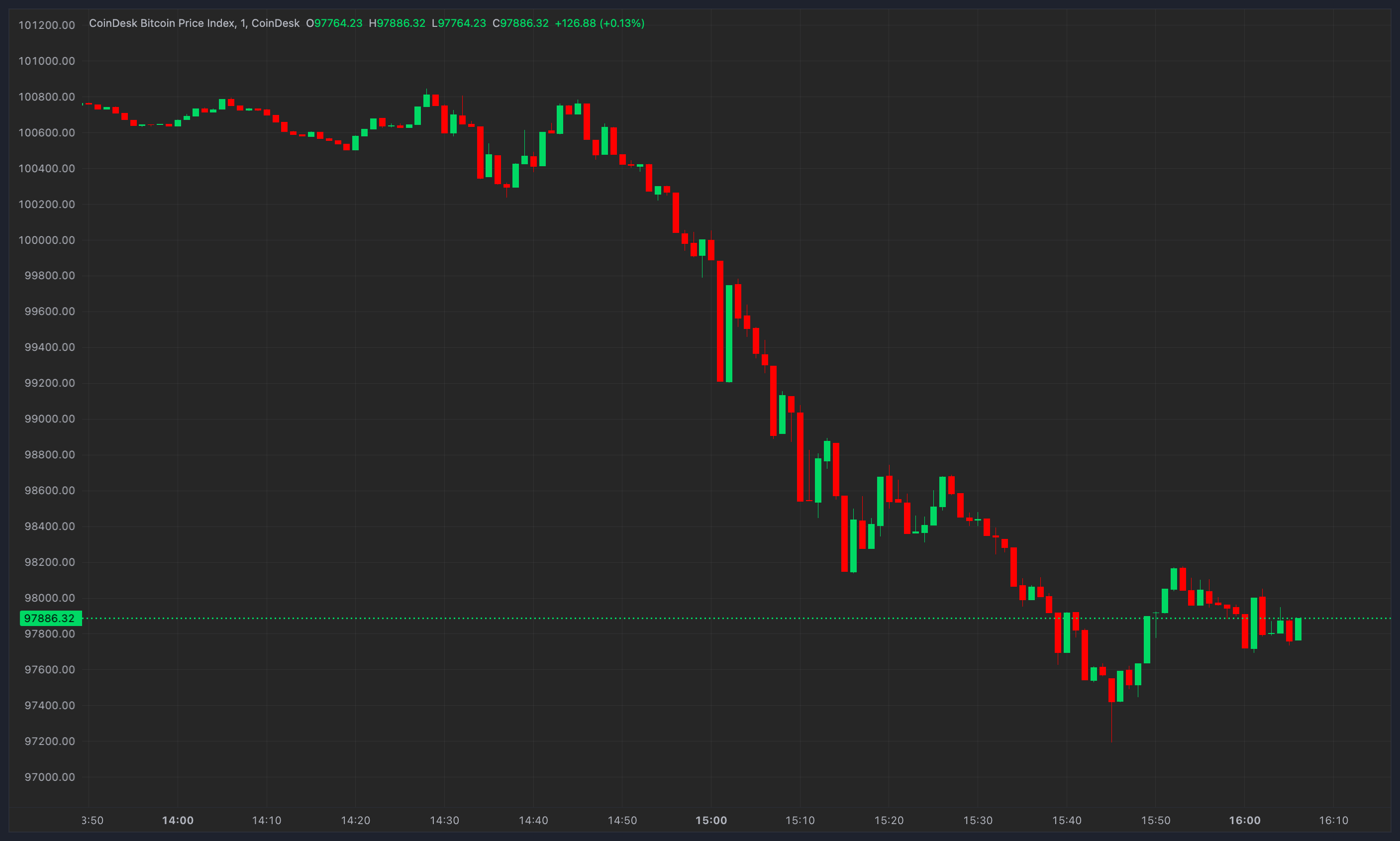Can we all agree that the Federal Reserve has a plan to combat runaway inflation? They do. Chair Jerome Powell has all but admitted it. After tempering his comments before previous rate hikes, allowing wiggle room which gave way to market rebounds, Powell has left no bones about this one. It is necessary to wreak some havoc on the economy and put downward pressure on the labor markets and wage increases to stop the creep of inflation. Whether you buy into that logic or if you believe — like Elon Musk — that such movements could result in deflation — doesn’t matter.
All that matters is what those voting on the rate hikes believe, and there’s plenty of evidence that they won’t stop until the rate is over 4%. Wednesday’s rate increase of 75 basis points only moves us in that direction. This is the third such adjustment of 75 basis points, and we’ve been all but told that it wouldn’t be the last. While these rate hikes have been historical, they prolong the economic pain associated with them. It’s time for the Fed to be brutally honest about where the economy is and where it is heading.
Jerome Powell has said that he aims to give the economy a soft landing. However, he’s also said, “Our responsibility to deliver price stability is unconditional.”
Except that the soft landing he’d like to attain is something from a science fiction novel. It is something that those following the situation don’t believe. Former Federal Reserve Bank of New York President William Dudley admitted as much, saying, “They’re going to try to avoid recession. They’re going to try to achieve a soft landing. The problem is that the room to do that is virtually non-existent at this point.”
Related: The market isn’t surging anytime soon — so get used to dark times
Cleveland Federal Reserve Bank President Loretta Mester, one of the 12 who voted on the rate hike, has joined Powell, stating that the Fed will need to raise the rate to over 4% and hold it there. Only one question remains, and it isn’t where the interest rate will end up. The question: Why does the Fed insist on dragging out the pain?
There’s no question that a rate hike of 150 basis points would genuinely shake up the market. So, too, does a 75-basis point hike with a promise of more to come. There’s an advantage to taking the plunge all at one time. Done once, Powell could’ve come out and clearly articulated a path forward. He could have assured Wall Street, citizens and trading partners across the globe that the 150-basis point hike is the magic bullet needed to bring down inflation and that any other movement would be of inches rather than miles. Instead, Powell noted at his Wednesday press conference that an additional 100 or 125 basis points in increases would be required by the end of the year.
As with most changes, clear communication is the most important element to get buy-in. Right now, traders feel betrayed. In the beginning, Fed forecasts indicated that a 75-point hike was historic and unlikely to be replicated. Yet, inflation persists. In the long run, an honest approach would create more upheaval on the front end, allowing the healing to begin much faster.
A Brookings Institution study, Understanding U.S. Inflation During the COVID Era, reached an unsurprising conclusion: The Fed “likely will need to push unemployment far higher than its 4.1 percent projection if it is to succeed in bringing inflation down to its 2 percent target by the end of 2024.”
to be clear, we should have gotten 100 bps if the Fed wanted to show it was serious
75 bps is for political appeasement because JPow doesn’t to drop the hammer before elections
and any lower would have been a farce https://t.co/mth8qlGOif
— DCinvestor.eth ⌐◨-◨ (@iamDCinvestor) September 21, 2022
The Fed has kept interest rates at historic lows for over a decade. Investors, companies and…
Read More: cointelegraph.com









 Fact0rn
Fact0rn  Brett (ETH)
Brett (ETH)  ZBIT•BLUE•BITCOIN
ZBIT•BLUE•BITCOIN  U Coin
U Coin  tomiNet
tomiNet  00 Token
00 Token  Silly Dragon
Silly Dragon  BEAM
BEAM  Dogechain
Dogechain  Forward
Forward  Catana
Catana  Interest Compounding ETH Index
Interest Compounding ETH Index  Trust The Process
Trust The Process  Robonomics Network
Robonomics Network  AgriDex
AgriDex  Radiant
Radiant  Dyad
Dyad  Holdcoin
Holdcoin  Stride Staked Osmo
Stride Staked Osmo  X Community
X Community  Neroboss
Neroboss  Solanium
Solanium  Sharpe AI
Sharpe AI  Elonia Trump
Elonia Trump  Fuse
Fuse  Push Protocol
Push Protocol  PIP
PIP  Luminous
Luminous  Chain Games
Chain Games  Epik Prime
Epik Prime  Bitcoin on Base
Bitcoin on Base  MEMENTO•MORI (Runes)
MEMENTO•MORI (Runes)  Ben the Dog
Ben the Dog  ROACORE
ROACORE  FDREAM
FDREAM  Galaxia
Galaxia  Cult DAO
Cult DAO  KCC Bridged USDT (Kucoin Community Chain)
KCC Bridged USDT (Kucoin Community Chain)  TEH EPIK DUCK
TEH EPIK DUCK  BIDZ Coin
BIDZ Coin  Avarik Saga
Avarik Saga  GPU ai Rich
GPU ai Rich  LightLink
LightLink  Koi
Koi  Seal
Seal  Ispolink
Ispolink  EverValue Coin
EverValue Coin  Shark Cat
Shark Cat  Catcoin
Catcoin